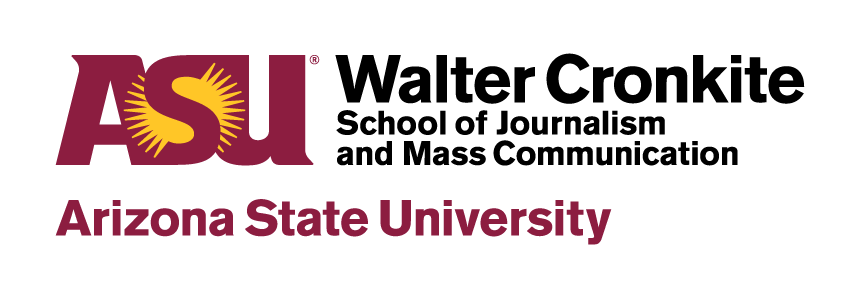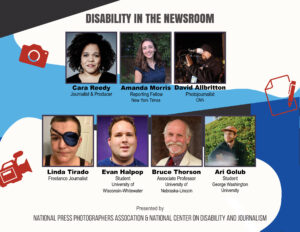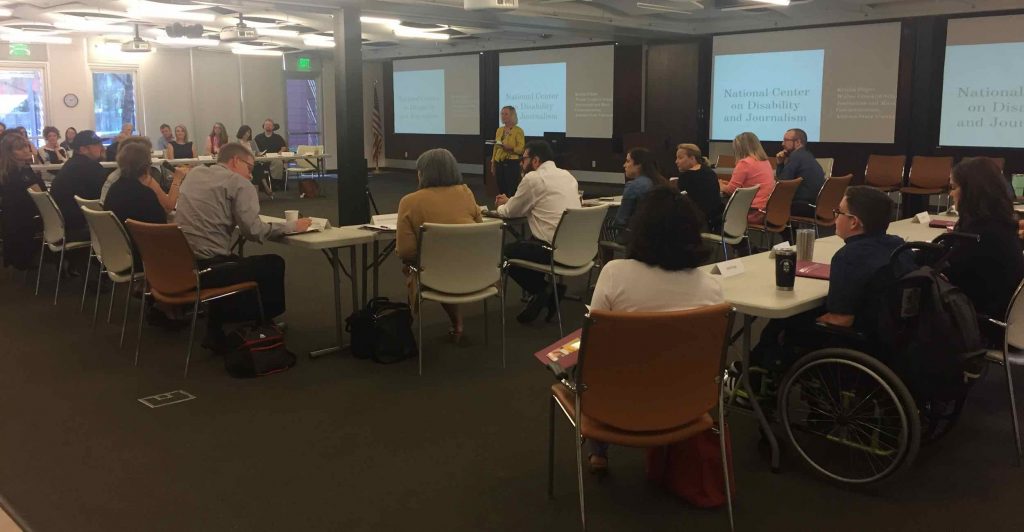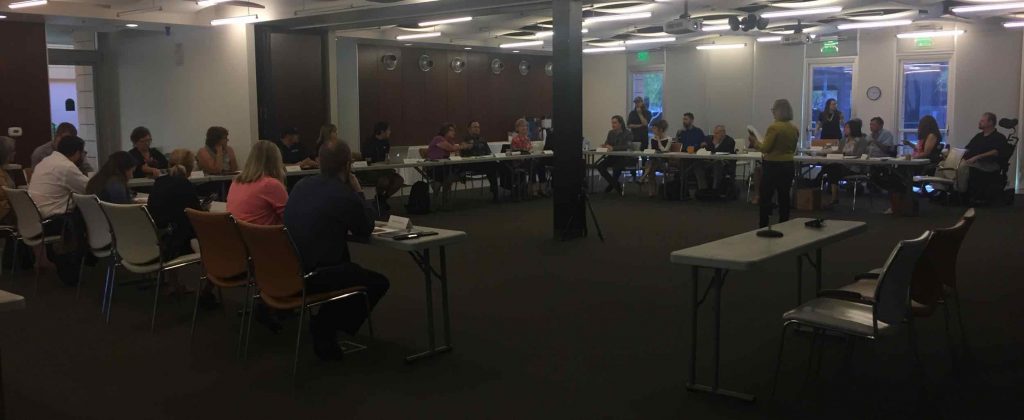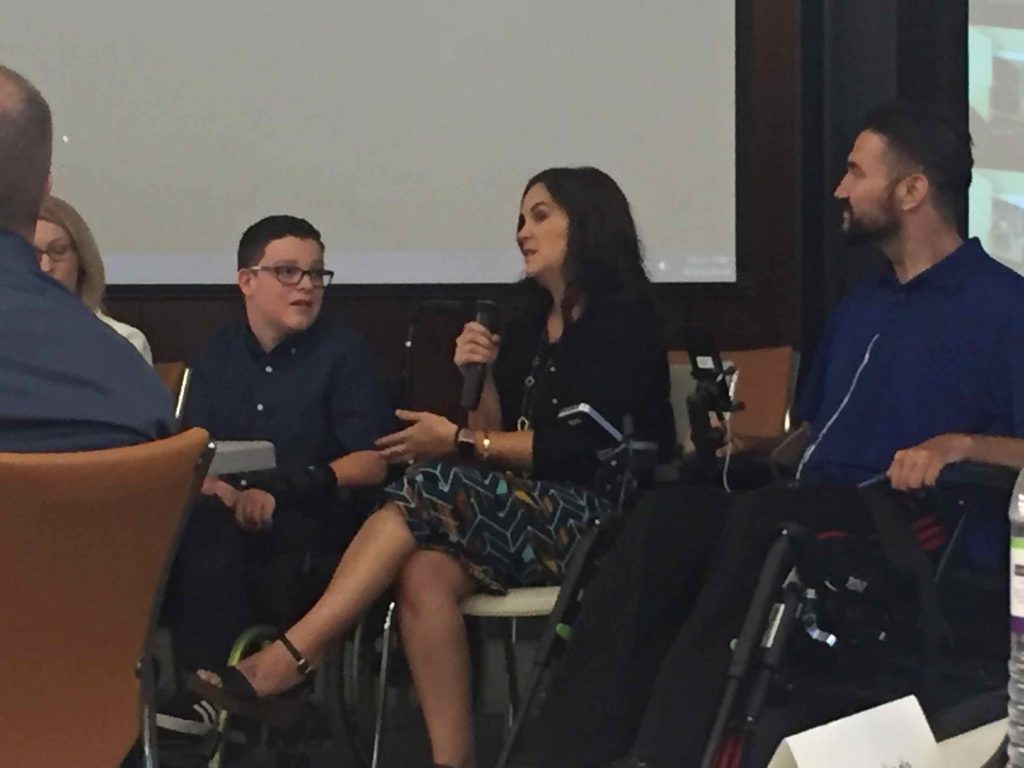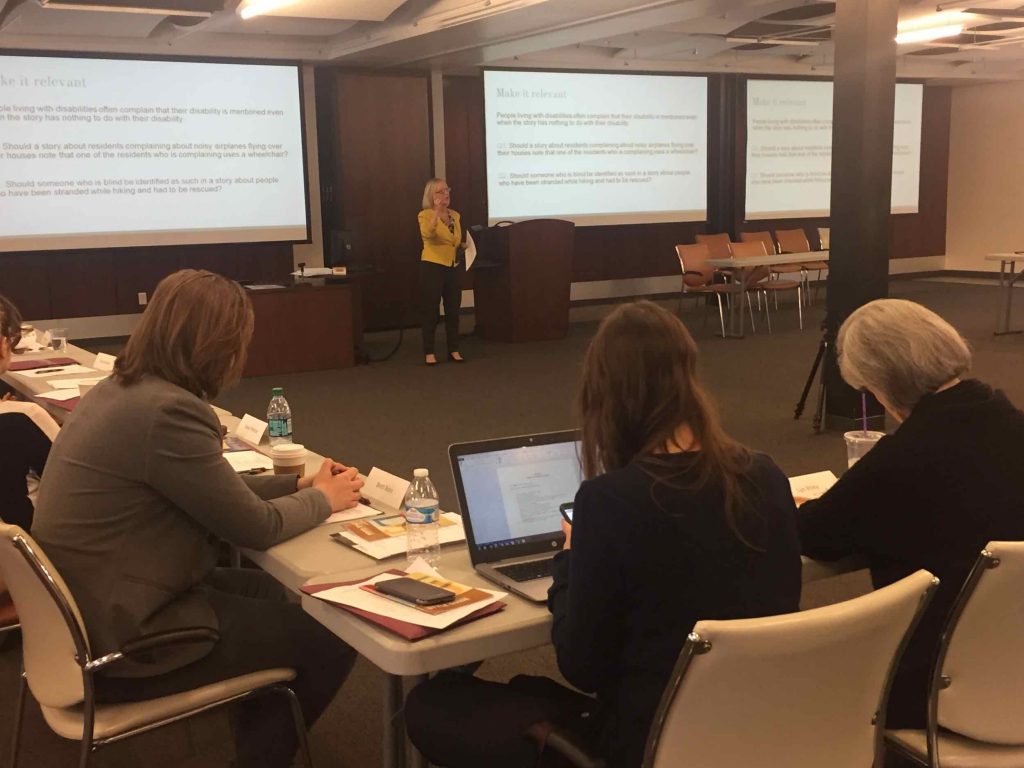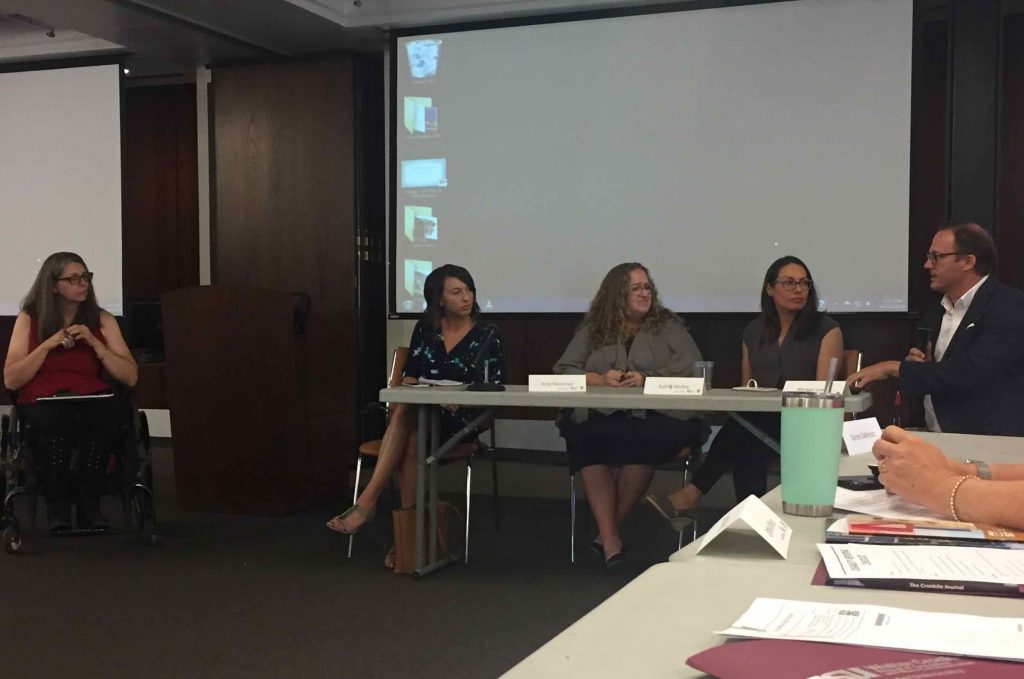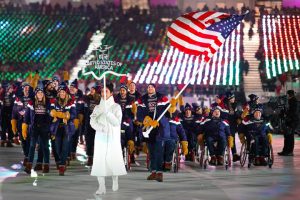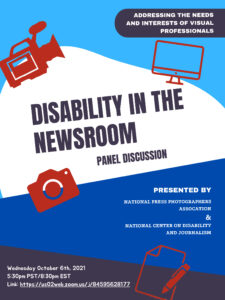 The National Center on Disability and Journalism and the National Press Photographers Association will host a panel discussion on journalism and disability Oct. 6 at 8:30 p.m. EST.
The National Center on Disability and Journalism and the National Press Photographers Association will host a panel discussion on journalism and disability Oct. 6 at 8:30 p.m. EST.
The session will focus on how disabilities can affect those seeking to get ahead in the visual journalism industry, how to navigate careers with disabilities and how to improve media coverage of individuals with disabilities.
The session will be moderated by Kristin Gilger, director of the NCDJ and Reynolds Professor in Business Journalism at the Walter Cronkite School of Journalism and Mass Communication at Arizona State University.
Date and Time: October 6th, 2021
8:30pm EST/5:30pm PST
https://us02web.zoom.us/j/85492211592
Panelists are:
- David Allbritton, senior photojournalist at CNN with over 30 years of experience in the news industry. In 1995, while covering the Balkan War for CNN in Sarajevo, he sustained life-threatening injuries when a 500-pound bomb blew up at the television center.
- Ari Golub, staff photographer and visual storyteller for George Washington University’s student-run, independent paper, The GW Hatchet, and the President of GW’s Disabled Students Collective. He is an individual with autism.
- Evan Halpop, a senior at the University of Wisconsin-Whitewater, where he is majoring in journalism with an emphasis in broadcast, print and web. He lives with a form of autism and advocates for inclusion for all.
- Amanda Morris, the first disability reporting fellow at The New York Times. She previously reported for The Arizona Republic in Phoenix and covered politics for The Associated Press. As someone with a hearing loss, she grew up regularly using American Sign Language with her two deaf parents.
- Cara Reedy, program manager for Disability Media Alliance Project at the Disability Rights Education & Defense Fund (DREDF). She previously worked at CNN producing documentaries and writing for CNN digital, and she is the co-producer of a short documentary, “Dwarfism and Me,” which explores the treatment of Dwarfs in American society.
- Bruce Thorson, associate professor at the College of Journalism and Mass Communications at the University of Nebraska-Lincoln. He previously spent 25 years in newspaper photojournalism. As a young man, he sustained permanent physical injuries in a motorcycle accident.
- Linda Tirado, a freelance photojournalist who also is a book author and has written for The Guardian and The Daily Beast. She was shot in the face last year while covering the civil unrest that followed the police killing of George Floyd, leaving her partially blind.

